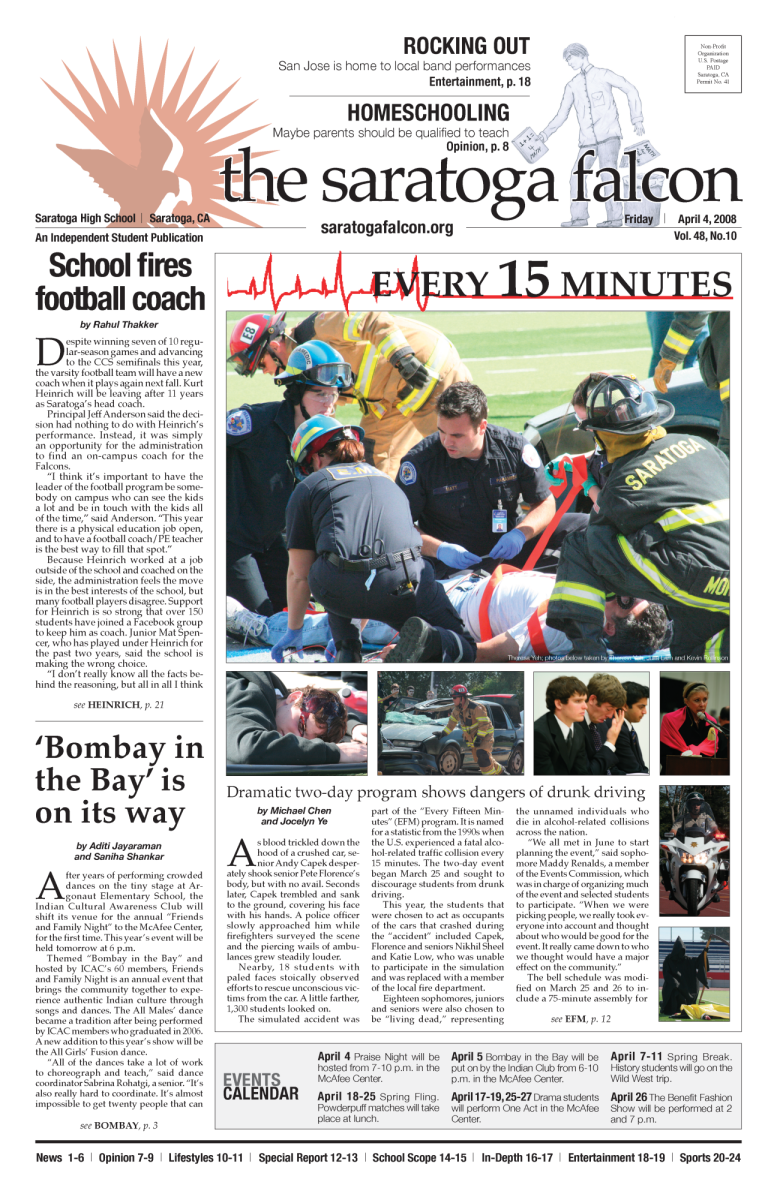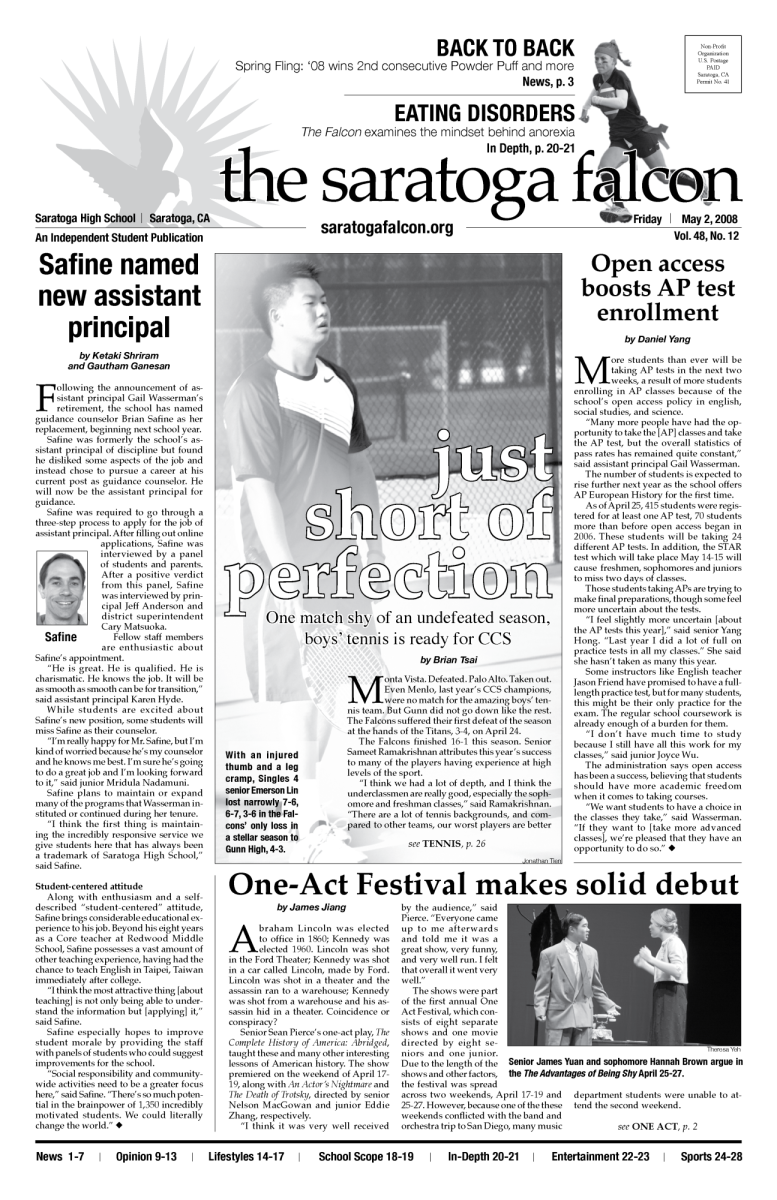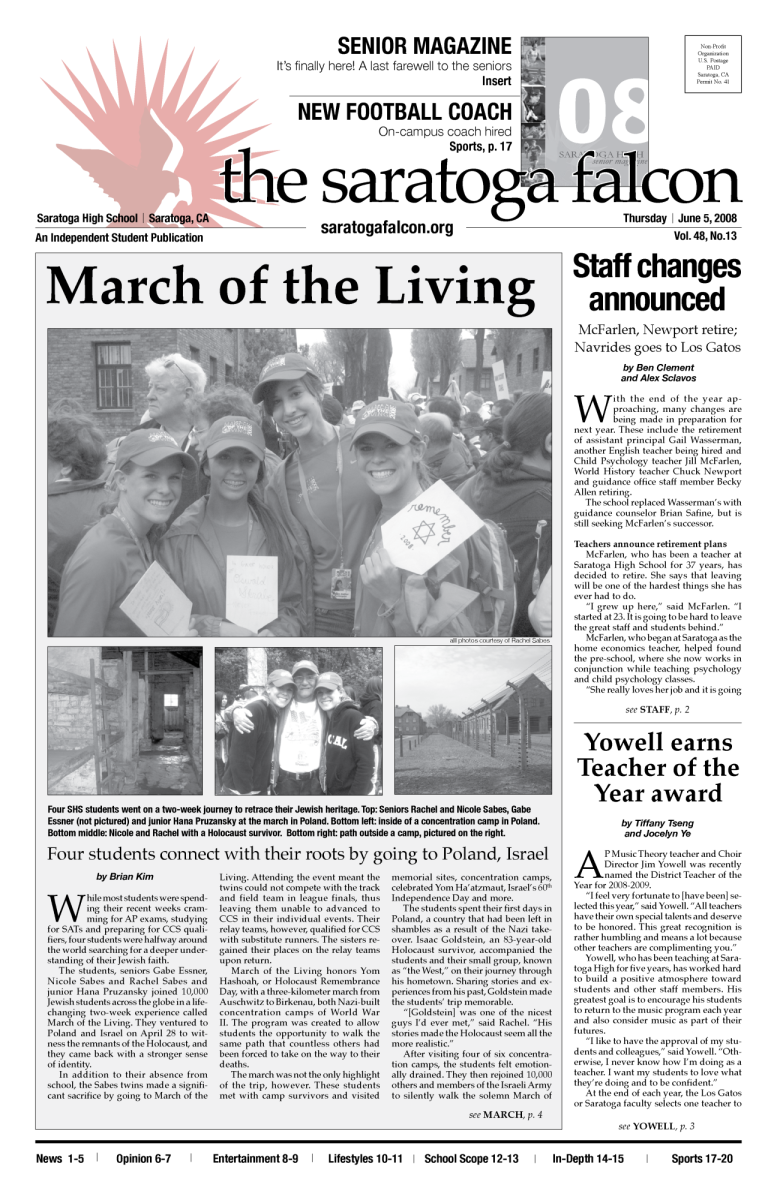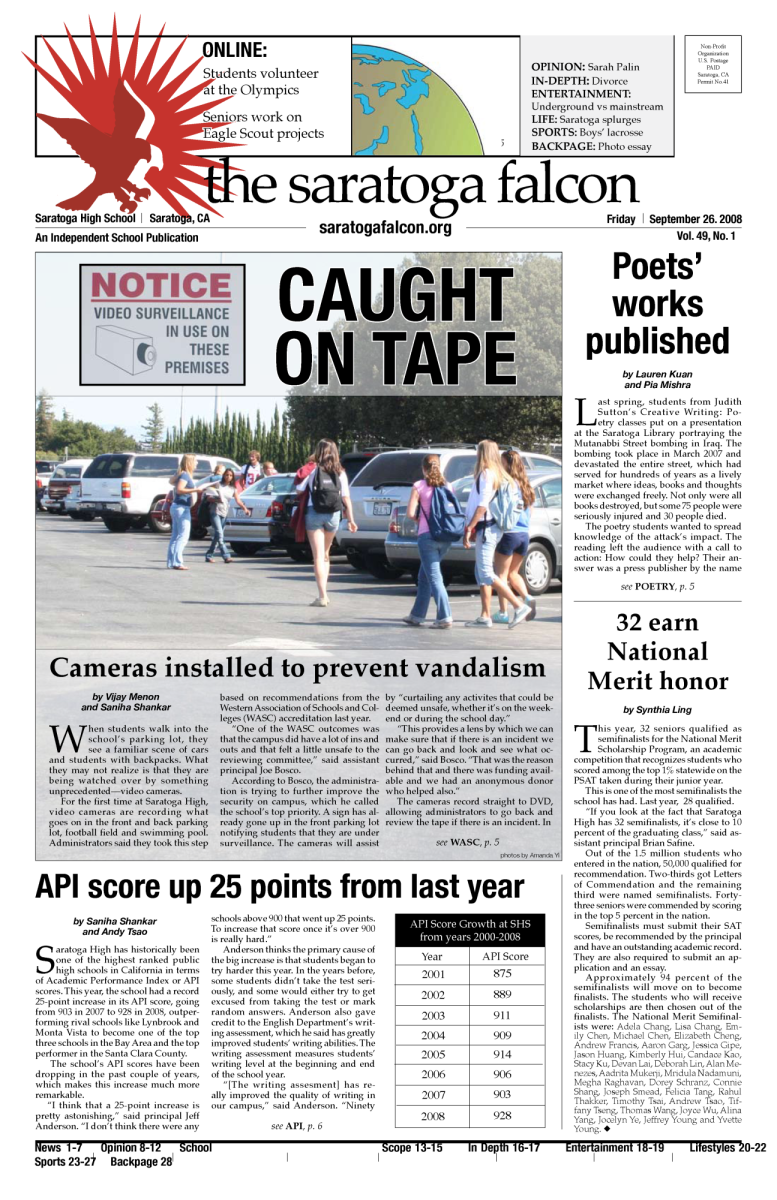While reading for pleasure is “one of the assets that make you a better student and happier person,” said assistant principal Kerry Mohnike, “it is often neglected and pushed aside due to heavy readings from history, English or science classes.” According to the American Psychological Association, less than 20 percent of teens have reported reading for pleasure in the recent years.
But despite this figure, there has actually been a slight increase in checkouts for independent reading among students over the past year, librarian Kevin Heyman said.
In his 19 years as a high school librarian, the number of checkouts unrelated to assignments has been steady. In fact, in the past two years, Heyman noted a slight increase in checkouts for independent reading.
While students may be overwhelmed and occupied with increasing workloads and hectic schedules, reading for pleasure has proven to beneficial in many cases.
“Students who grow up reading for pleasure often continue that practice for their entire lives,” Heyman said. “Reading for pleasure is a well documented strategy for decreasing anxiety, building vocabulary and developing an empathy for the human condition.”
But despite these benefits and the variety of books the library offers, some students say that the amount of reading that they do has decreased over the years due to the lack of free time.
“I think that there are benefits to independent reading, [but] I haven’t borrowed a book from the school library for independent reading yet,” freshman Kavya Narayan said. “I read way less now than I did in middle school probably because I have a lot more homework now and a lot more extracurriculars that take a lot of time.”
According to Redwood Middle School librarian Megan Birdsong, circulation numbers there have also remained steady over the last few years. While the library doesn’t track or monitor the number of books checked out for independent or academic reasons, their statistics do show that “graphic novels, comics, and manga circulate particularly well” and are usually used for “student-initiated reading.”
“In my own observations, many students use independent reading, especially from our fiction section, as a mental break or a way to deal with extra time, such as after finishing a test,” Birdsong said. “People don't immediately associate wellness and libraries, but independent reading fosters student wellness.”
In addition, Redwood’s service for e-books, Overdrive, has not caught on yet with students, suggesting that there is still student preference for print books over electronic books, Birdsong said. Groups of students still continue to regularly use the library during break and lunch times to read books and relax in the comfortable setting.
“Even with so much being available to students electronically, the library continues to support academics with a variety of resources, along with healthy outlets for student wellness and intellectual exploration,” Birdsong said.



























